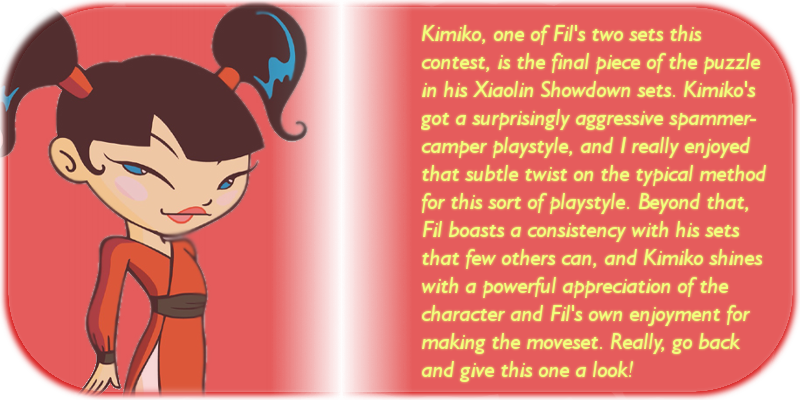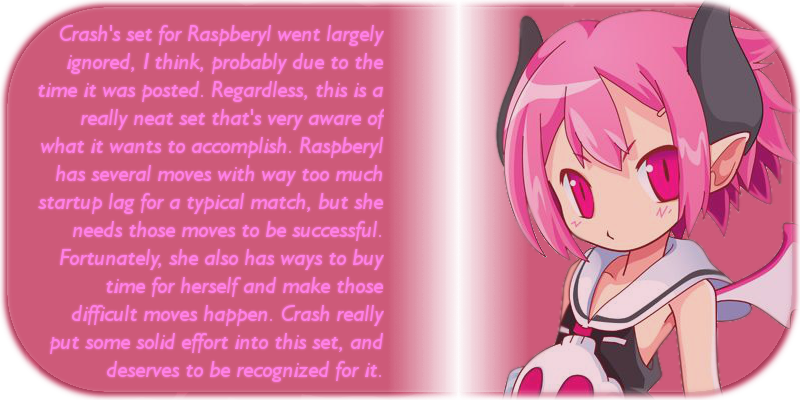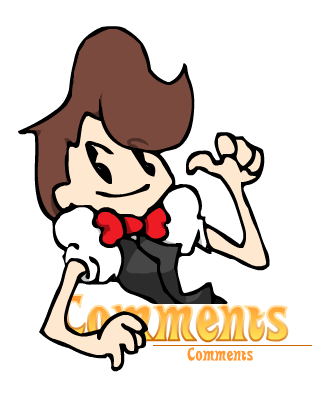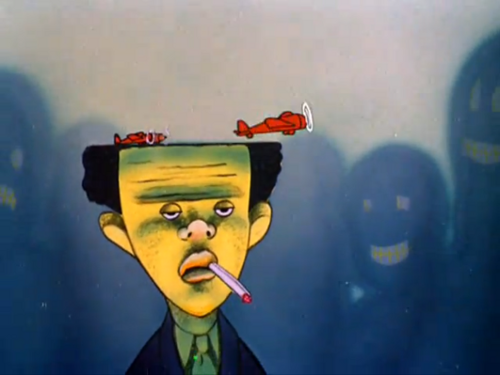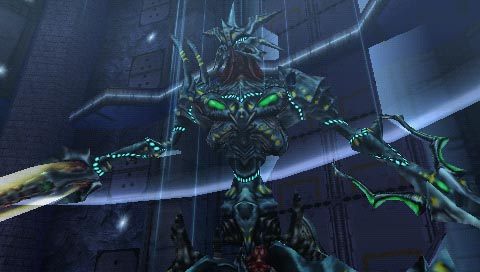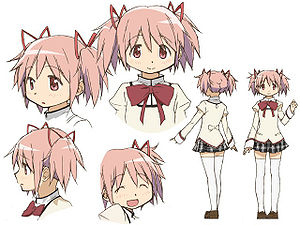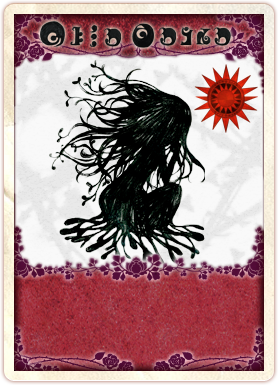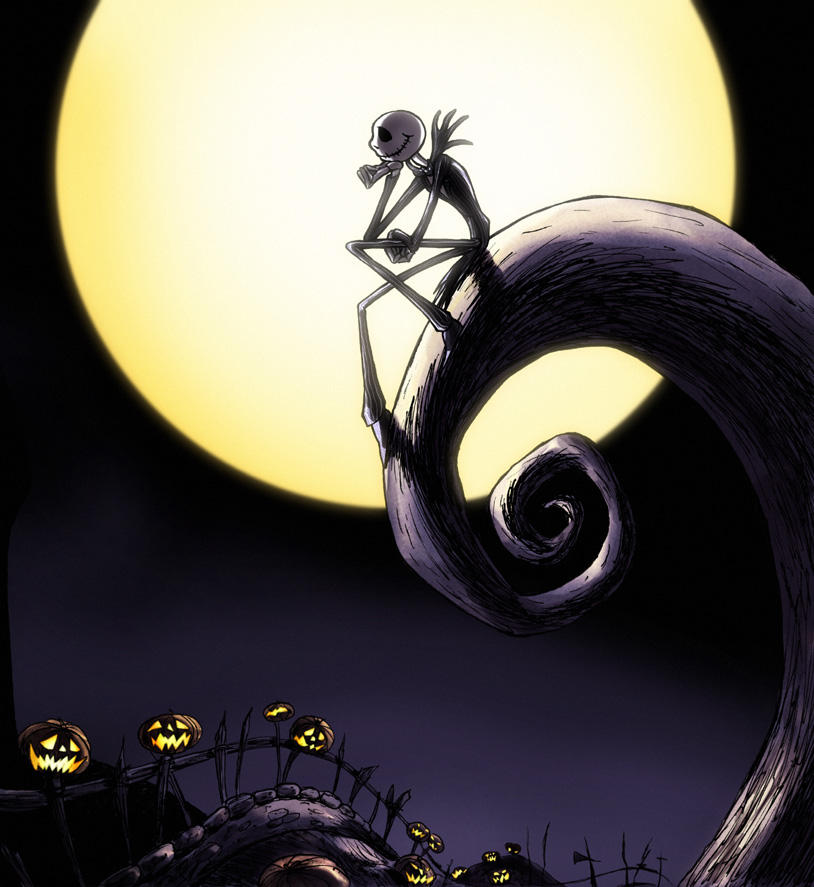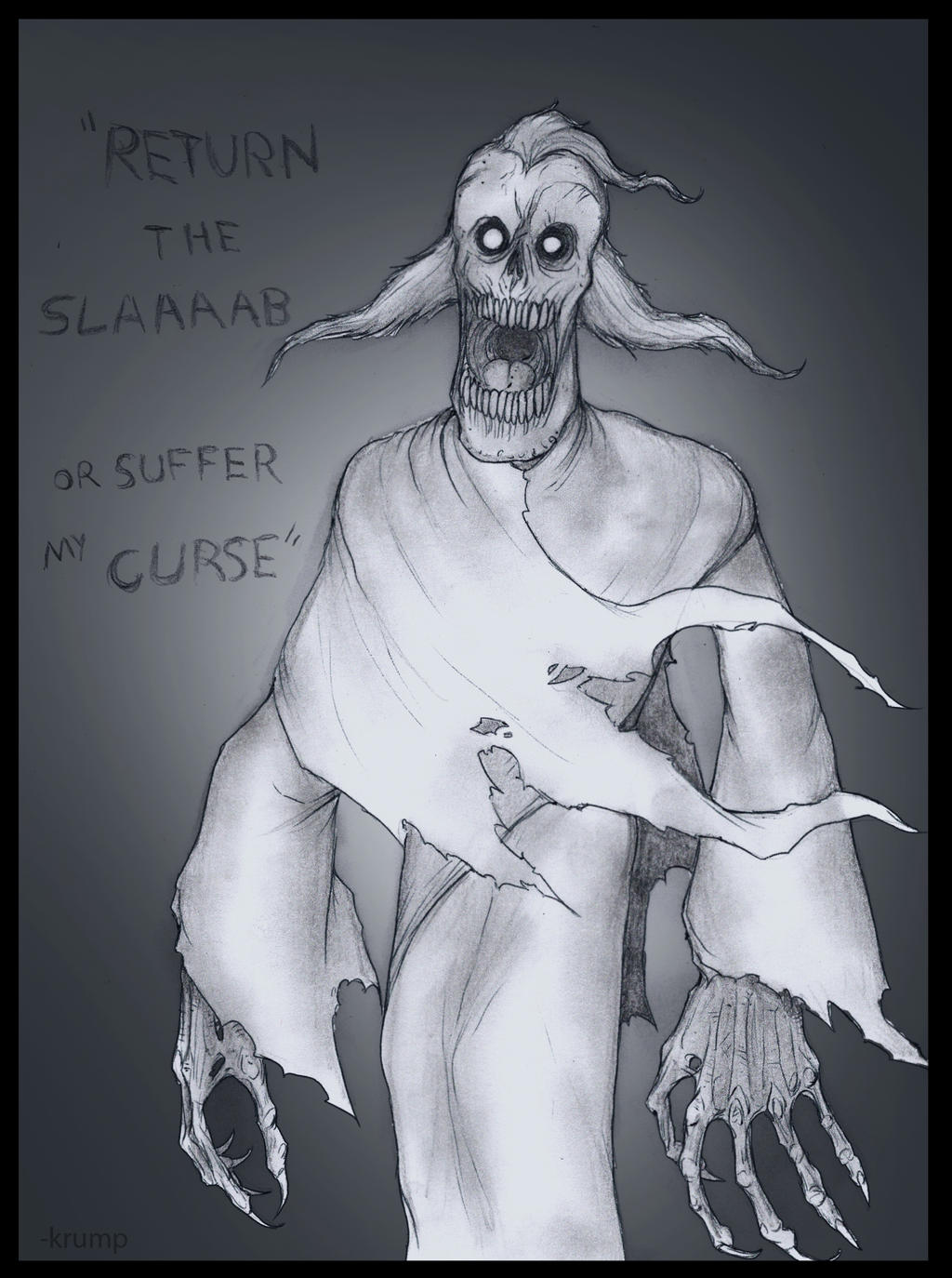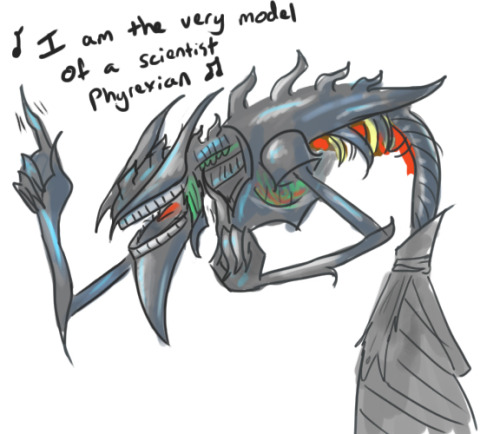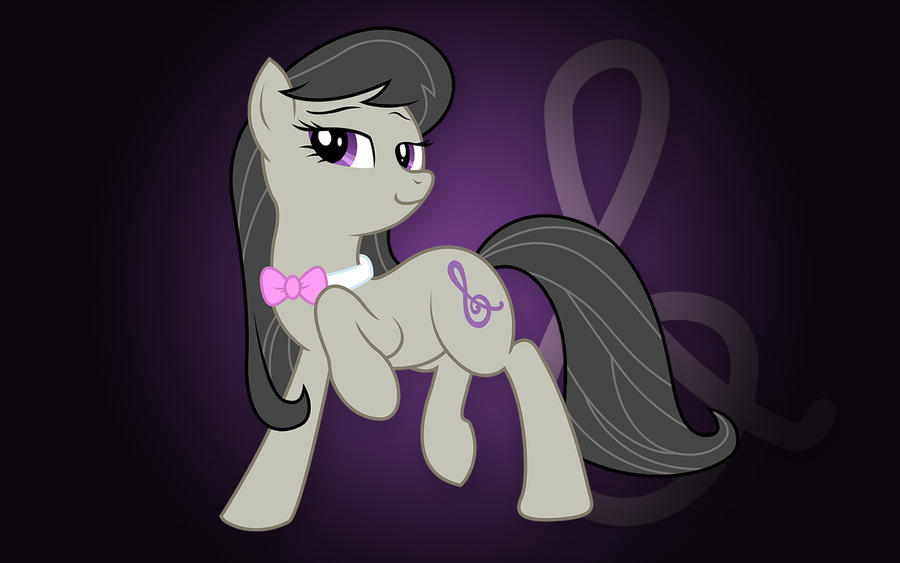I still have a bunch of sets to read, but I don't think I need to stockpile this block of comments anymore. If I have time, I'll comment what I have left, but I'd rather not put off posting these for much longer, plus commenting during voting week seems a bit silly.
We start off the Praetors movement with a bang, in the form of Elesh Norn. This is not only because of what the moveset is, but what it represents, especially when it is compared to Elspeth, a character from the same “colour” in this universe and the two juxtapose in ways that really highlight what make you an individual in Make Your Move. This moveset is all about control, but also giving the player enough freedom with her attacks to always be out-of-range of any recompense, always leaving her zealots in the firing line. Along the way, the undercurrent of flow keeps the moveset from going off the deep end by allowing for Elesh Norn to take advantage of specific spacing of the opponent and her minions, again coming back to the theme of control, which is always important in a minion set. I disagree with Rool – we don't often see minion-centric movesets, they are usually tertiary, and what you do here is pretty fascinating when it's done well, mostly in your ability to write cohesive and interesting inputs that rely solely on manipulating the minions, without these inputs becoming obsolete later in the set or getting in the way of actually fighting as Elesh Norn; it's never too passive.
The moveset is also not too basic in its manipulation of the minions, handling all of the actual control of them in a couple of neat inputs, namely the special that lets you broadly control their behaviour – it's very elegant in its design, fitting for this empress character. You never fall back on overtly bashing foes against different minions like pinball, or use them to ensure a fatal grab – the possibility is there, but it's appropriately obscured. It isn't perfect, though – the cape is undignified conceptually, but also just an odd layer of dampening the opponent's options on top of everything else, through the use of a contrived sort of semi-stun. There are a couple of other moves I didn't like, but I think their problems were along the same lines. Especially bad when the moveset is otherwise so graceful about the player's control over the match, but it's not enough of a smear to make me not love the set's characterisation. Great set!
Jin-Gitaxias is a set in two halves – there's the combo half, and the experimental half, you can probably guess which half I really like. Not to say the combos are bad here, they tie into the idea of using the mutations and seeing their effects, then passing them onto the opponent while still taking the repercussions of them yourself. It teaches you to be wary of what you're doing, to be scientific about your playing style and be considerate about how what you're doing affects the match, which in of itself is pretty unique to the combo genre. I do like that part of it, avoiding getting bogged down in just horribly repetitive patterns, because you have these two averse playstyles working in synergy, sort of self-balancing.
On the whole, there are not any wasted inputs here dedicated to purely, like, opponents sliding while shielding, or other superfluous crap – remaining decisively open-ended. At the same time, I do feel like the mutations eventually would become a bit dull in the context of continued match-ups, as so much of the fun with Jin-Gitaxias is in the finding out how to play against different characters, that when an ultimate solution is found, there's not too much reason to do much else. This may inevitably be my personal problem with the genre more than anything, as I definitely prefer this way of working with combos in Smash. You show enough constraint here to keep all inputs interesting, without sacrificing the player's natural wanting to mess around; the set has a beautiful way of putting unrestrained creativity before stalwart functionality.
[It's clear that anyone reading this project will know who you are and what you're about before even reaching the halfway point, they're even more representative of your beliefs than Eeveelutions were for Rool. That's not a bad thing, of course.]
Sheoldred comes off at the start feeling a little too stagnant in how it can play due to the mechanic tying her down quite a bit, and the fact that it's based around pure percentages [can't really fault you there as the alternatives would feel awkward in comparison]. Of course, it makes sense for the character and does create an interesting dynamic, especially combined with the oil – like all of the Praetors, I really like the characterisation at play here, with the floating spectre versus the abandoned armour. The oil is smartly used, but I'm not sure if I liked the straightforwardness is presents: coupled with the mechanic, the set does feel quite over-powered in an awkward way, conceptually speaking. It's also more mundane than the other Praetors, with you mostly playing around with the idea of a separating body rather than doing anything too remarkable with the goop. The oil, sure, it works to give him some unique flavour, but it feels awkward as well, with the odd wording on that limit implicating that you have a flat cap on how much oil you have out, and having to base the preserving of the oil around that by terraforming, or lifting oil up with projectiles. It's not badly-characterised at all, but I feel like a lot of this set could have been improved simply by changing around the way the core systems work.
Next up is Urabrask, which may well be the most ambitious playground set ever in terms of depth. It has the lava pits, the melding, the magnetism... all coming together in the end to form a playstyle that is impressively open-ended, without feeling like it's devoid of personality. There is an infinite amount of stuff to do with this set, with just straight manipulating your creations, to pulling them together, tossing them around and so on, being half stage creator and half camper. The camping half is so natural that the stage creation comes perfectly naturally, but not without work on Urabrask's behalf to make it happen. The very versatility of the playground means you're never cornered, but also that – due to the flaws in how magnetism works, which you quite deliberately specify – Urabrask is never just completely invulnerable or camping his socks off. The set also lacks any sort of overarching percentage system, or other invisible mechanics to box in all of this crazy business, and for that it earns my appreciation. There are a couple of things I found issue with – the magnetism is overused, with so many inputs spent on affecting charge in one way or another. The interactions in the aerials are largely brilliant... they do seem a bit odd for their inputs, which is made a little worse by the preceding point. Some of the incredibly specific details Urabrask flourishes in seem downright compulsive, and the guy bleeds different kinds of metal as well, making him seem a bit manic. He's not quite as open-canvas of a character as I imagined he would be. I really like the set, maybe that's why I'm being so nitpick-y, or because it mirrors my own style in some ways.
I just can't help but fall in love with sets like Vorinclex. Like Cairne Bloodhoof, long since forgotten by many, I have never seen a set reach such dizzying heights when it comes to stage obsession, rather than stage control. There's just so much great pressure going on here, with Vorinclex himself [feral mode], the ability to chase the opponent under the stage like a bat and the mountains that act as defensive barricades and, more blatantly, battering rams. It all meshes together in perfect symmetry; Vorinclex is a character who can't stand anything but, so it's quite a beautiful meeting of playstyle and characterisation. Vorinclex is propelled to forming the stage in a way that perfectly matches his motivations, going into a primal rage if the opponent dares to try and stand in his way. While Vorinclex can follow a plan, it is usually the opponent who breaks his train of thought and forces him to act carelessly, as they ruin his deadly masterpiece. At this point, my mind turns to the less important factors at play here – the obvious imbalance [not conceptually, mind you], the lack of polish on some of the inputs – because conceptually, it's rock solid, in a way that I can't say I've experienced in more than a handful of sets before. I get the feeling most of this is sub-conscious, rather than accidental, as there's so much sub-text concerning the characterisation and you have far more to say in the playstyle than the other Praetors. In short, it's one of the best movesets in Make Your Move 11.
It's impressive how intelligent you are with Crawdaunt, which could have easily turned out to be crap had you put too much pressure on aspects of its playstyle, but you play it by ear, allowing the set to be filled with more rushdown-y inputs so that it remains open to the two opposing playstyles created by his crabhammer. This is made better by how unique the playstyle is in small parts – the way harden is used here is as an obvious function, but one that is nonetheless previously unexplored and you open up some new areas of interest in it. The use of super armour, flinching – and actively working to lock down opponents with specific inputs – makes Crawdaunt seem pragmatic in an in-smash way, while not making the character seem totally bland or uninspired. The way the character acts is pretty spot-on, as Junahu said, which is a virtue of your considerate pace here. It's very well-executed, and hard to dislike. Obviously, it's not super ambitious, but it knows what it is and accomplishes far more than its peers do.
I decided to go back and read Po after Aisling, and by comparison the characterisation is just as good, but here your execution is notably better. It's nothing new, but you're really good at building a niche out of an already well-defined genre of sets [here the most common of all, rushdown] based around the character, which is quite a unique movesetting style to be sure. I love how this set replicates the sparring in the first Kung Fu Panda between Po and Dustin Hoffman, by humiliating the opponent as Po nonchalantly eats his way through the neutral special to recover health. It succeeds at feeling camp-y while necessitating staying up close, which is a contradiction, but it works here because Po is naturally able to just ignore the opponent's attempts at knocking him back much of the time, as long as he is attacking. The lazy fighting style here is just brilliant in that regard, and makes me reminisce heavily of Tei-Lung's attempts to hit Po's nerve endings to no success due to his excess weight. Very clever stuff, but it's the little things that do hold this set back a bit. The focus on returning projectiles specifically, is too much of a concentrated detail, as is how the opponent regains all that health by eating the food instantaneously [possibly breaking their character] while Po is content at nibbling away at it for playstyle purposes. At its worst, the set is a bit too convenient for the character's sake, which may be an area you need to work on. The good far outweighs the bad, though, and I think I may like this one even better than Aisling.
Appetizer is really likeable, and not just because it pays a smidgen of homage to my own Muk and Garbodor. It's a set based around a joke character, but uses that one appearance as a great jumping off point. It has a Garbodor-like playstyle of filling the stage with your own body, and Muk-like tendencies to want to expand your sphere of influence and make the entire stage an even playing field, literally and figuratively speaking. These two things combine really well, as you're spreading out your own brand of goop for basic stage control, but also to zone the opponents out better. That better is emphasized, however, as I do wish you were more specific with the spreading out of the ooze, as it just kind of gets dumped all over, though the slopes and meatballs are definitely a good start. Disappearing into your own ooze is also a bit obvious and does allow Appetizer to stall out quite a bit, but execution aside, him becoming one with his own leftover entrails makes sense in a Roolian kind of way, considering the character. So yeah, in all, a very enjoyable set, and certainly my favourite of yours, Geto.
Aisling is first and foremost a very smartly organised set, even if it doesn't do the conventional thing of putting specials first. This naturally leads me onto talking about how well you handle the character's motivations, Aisling being very gentle about moving her smoke around in a way that reminds me mostly of Cutesy Beau, backed up by her dog minions so that she's mostly playing keep-away with the opponent until she has a plethora of smoke to cover her tracks in the next stage of her playstyle. The minions themselves, not the best executed in the contest – I feel like their powerful homing and one attack are too useful, when a less simple solution involving a structured AI would have made the set far better. In the least, they give you plenty of space to build up to your real goal, transforming and using the mist you've built up as a bit of a fortress to attack from safely. While I feel like this is a great set when it comes to characterisation, and that this is your strong suit, I do think you need to use less subtlety in your individual moves – Aisling is a bit deprived of traditional hitboxes and plays so 'quietly' that her dogs carry the match for her. Next time, try to branch out with more traditional attacks, without losing the great characterisation. Still, I quite enjoyed the set, immensely more than Octavia.
We don't often see sets based around team battles, but Zecora is perhaps one of the better ones, mostly because it deals in buffs with magic, allowing you a plethora of ways to influence the foe without just straight up injecting them with a syringe or strapping them to a hospital bed. As an ally, Zecora does seem fairly interesting, as she makes use of the untapped potential within just buffing your opponent, with the dynamic elements in the set mostly coming from experimenting and reacting with your buffs, keeping things fluid and not pinned down by spamming certain buffs. The set has some problems, though – I just don't like how it really doesn't work that well in a typical singles match, even if it is tailor-made for team fights. There is plenty to play with that would allow her to fight competently [buffs are only buffs when taken in context], but here it feels a little lazy that you relegate her to being a white mage. I guess I can't fault you on characterisation, though, and it is quite fitting that she is “the help,” so to speak. The cauldrons and cooking up a concoction could also have seen more light here, but the way you went about it – mostly leaving the cauldron as just another option – is probably more intuitive. In all, a pretty fun set.
Yuffie's fun due to the basic versatility you afford through her simple materia system, but at the same time, quite deep given the mindgames involved in nerfing the opponent and using materia as bait, taking full advantage of it as an item in every conceivable way. As usual for your sets, you have the elemental magic in the specials – a branching point, where you sacrifice some intrinsic depth within the move, if you had gone one route with it, instead doing right by the character and opting for smaller, more specific interactions everywhere else. Considering how much more work this involves, and largely how well you do this [besides poison and earth, which seem a lot less useful], it's very impressive as a one-day set.
More impressive is how well you pay tribute to both the character and Final Fantasy VII. That first encounter with Cloud was obviously not far from the mind, with that smoke-y background special perfectly replicating that kind of encounter, as well as the bait-and-switch shenanigans of the grab game. The only thing holding the set back is that it has some weird ways of pulling off certain concepts, and the actual logic of some moves bears being more thought out. A good example of this is the up aerial rope, which isn't attached to anything – I feel like stuff like this could have been solved by letting you create traps more, giving logical reasoning for these sorts of moves as well as giving a more dynamic element to Yuffie's trap-setting [she is resourceful, no?]. If you can forgive the way those moves work, though, it's a very good moveset, and may be your best ever.
There's plenty of good stuff to be found in Kloak, as it delivers new interpretations on a basic minion concept – it's obviously very simplistic with how it handles the spinies and that's actually my favourite part of the set, how you leave them mostly open-ended and just leave them as simple spacing tools. It's also far better for the character, as it feels more appropriate for him to torture the spinies and offer them the bananas, like feeding a caged animal through the bars. His effects on the opponent are less pronounced and he usually just comes down from his pedestal to ensure that his spinies do the trick, and when he directly attacks, it's always in a defensive way. Given how easily KO'd he is, however, this is par for the course and while not wholly original conceptually, is definitely pulled off very well here. As you say in the opening, the character is sort of a warped Lakitu, raining chaos from above, though also manipulating the battlefield like a malevolent cloud. The only thing I think could have been better is if you gave some more ways to influence the spinies – what's there is fun, and very intuitive, but I do feel there was room for some more direct ways to speed up the process, in place of some of the more standard melee or ghostly attacks. For me, well on-par with Bowser.
Tul-Bak-Ra is astoundingly good given how little time you had to make it, albeit rough around the edges as you'd expect. It's another set that is really solid conceptually – I have rarely, if ever seen the concept of minions breaking up this way, and letting Tul-Bak-Ra have all these no-knockback moves, or ones that are more situational, is a very smart way of keeping your minions in play without making Tul-Bak-Ra a background fighter. The moveset also doesn't collapse due to making too much of a use out of teleporting, at least not without serious drawbacks that mean you have to rely on your minions to survive. It functions mostly pretty well as a Brawl set without these simplistic minion interactions, the only real problem being his feeling very weak for what is ostensibly a heavyweight male antagonist. He feels downright weedy in how he's constantly on the run and spamming his no-knockback moves, which is the only time when the set borders on being too defensive. On the other hand, it was really clever using that as one of only two ways of not damaging the mindless zombie minions with your attacks, and is definitely quite unique, or perhaps unifying conceptually among other “summoner” archetypes. Plenty of fun to be had here, despite the incredibly obscure character.









